Location, History, and Dedication
Ta Prohm Temple is located east of Angkor Thom, near Banteay Kdei and Srah Srang, in the Angkor Archaeological Park, Siem Reap, Cambodia. Constructed in the late 12th century by King Jayavarman VII, Ta Prohm was originally named Rajavihara, meaning “Royal Monastery.” It was dedicated to Buddhism and built in honor of the king’s mother.
At its peak, Ta Prohm housed more than 12,500 people, including priests, monks, and workers. It served as both a spiritual and educational center during the Khmer Empire.
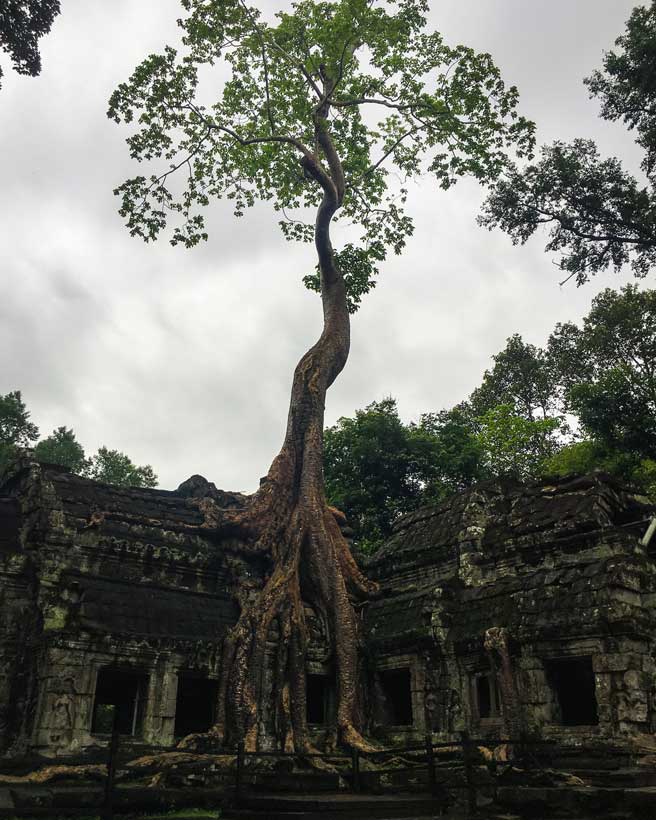
Etymology
The name “Ta Prohm” translates to “Ancestor Brahma” or “Old Brahma”, a name given in later centuries. Unlike many other Angkorian temples, Ta Prohm was left largely unrestored, intentionally preserved in its “natural state” to showcase the dramatic entanglement of trees and ruins, making it one of the most atmospheric temples in Angkor.
Architecture, Site Plan, Layout, and Temple Style
Ta Prohm is designed in the Bayon style and follows a flat temple layout, with a central sanctuary surrounded by concentric galleries and enclosures. The temple’s architecture emphasizes balance and spiritual symbolism. Built mainly from sandstone, it includes beautifully carved devatas (female celestial beings) and intricate bas-reliefs.
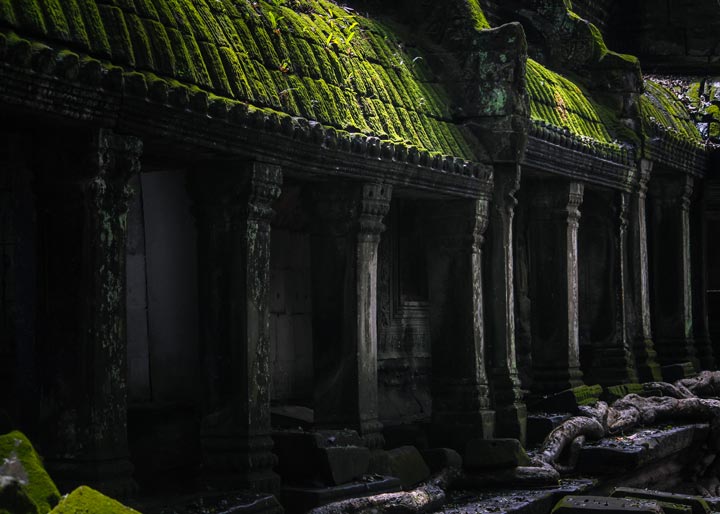
What makes Ta Prohm unique is its symbiosis with nature. Towering spung trees (Tetrameles nudiflora) and silk-cotton trees grow atop and around the temple structures, their roots snaking through walls, doors, and stones—creating a hauntingly beautiful landscape.
Unique Features & Why It’s Famous
Ta Prohm’s mystical atmosphere has made it one of the most photographed and visited temples in Angkor. It gained international fame as the filming location for the 2001 movie “Lara Croft: Tomb Raider.”
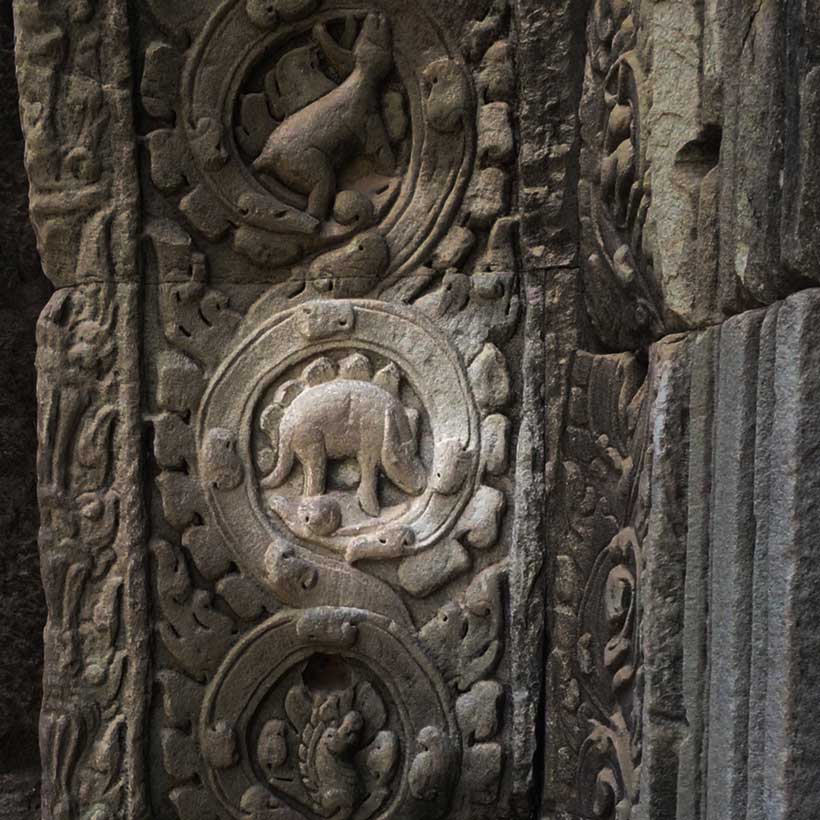
Key highlights include:
- Giant tree roots intertwining with stone walls
- “Tomb Raider Tree” (a favorite photo spot)
- Serene, moss-covered ruins with nature reclaiming architecture
- Mysterious bas-reliefs (including the debated “dinosaur carving”)
Its untouched appearance provides a powerful contrast to the restored grandeur of temples like Angkor Wat.
My Experience at Ta Prohm Temple
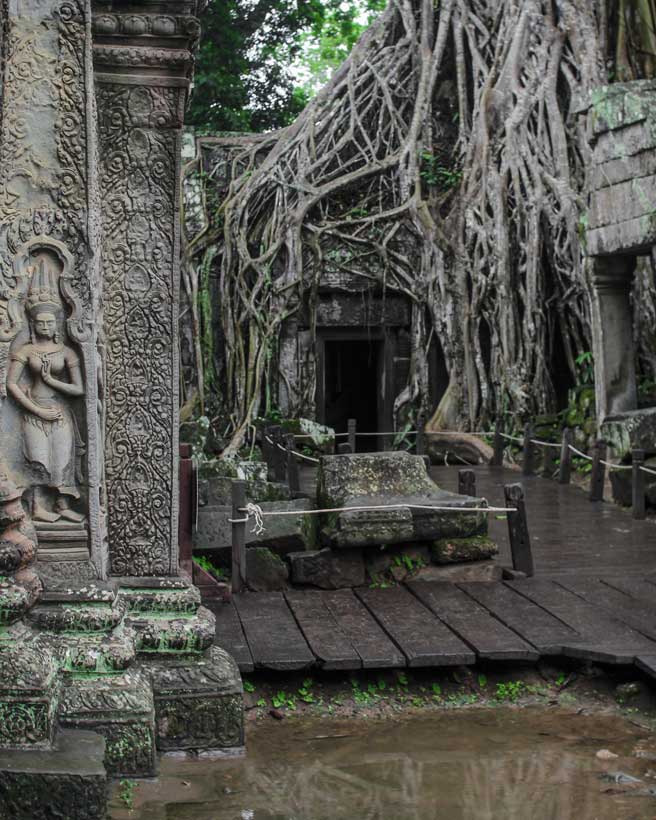
I visited Ta Prohm on May 30, 2025, arriving at 9:00 AM from the east entrance. The previous night’s heavy rain had left the ground soft and the air fresh, with a light shower still lingering. Though it’s one of Angkor’s most famous sites, the Green Season meant fewer travelers—perfect for exploring peacefully.
Even with some tour groups passing by, I found moments of solitude at major photo spots. Visitors took turns every 2 minutes at the iconic tree-root walls, giving me ample time to capture both photos and videos without rush.
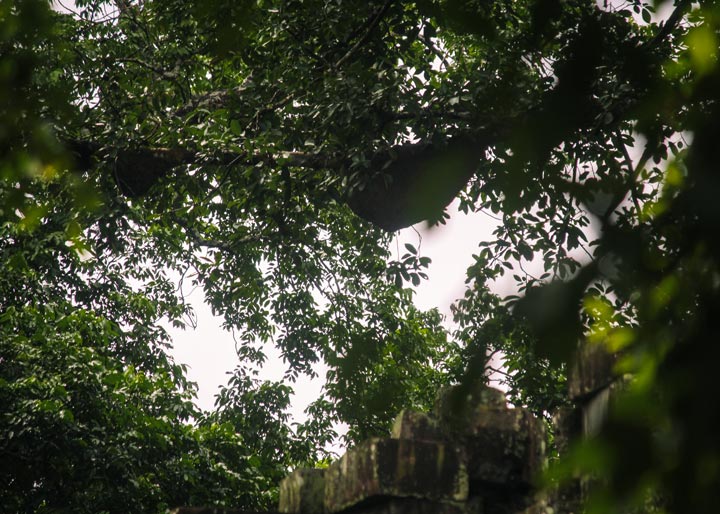
I stayed for over two hours, enjoying the rainy ambiance, the smell of wet earth, and the quiet majesty of the temple. Around 10:30 AM, the clouds briefly parted, and sunlight spilled through the jungle canopy, creating magical contrasts of light and shadow on ancient stones. By 10:55 AM, I wrapped up, feeling grateful to experience both the raw power of nature and the grace of history in one sacred space.
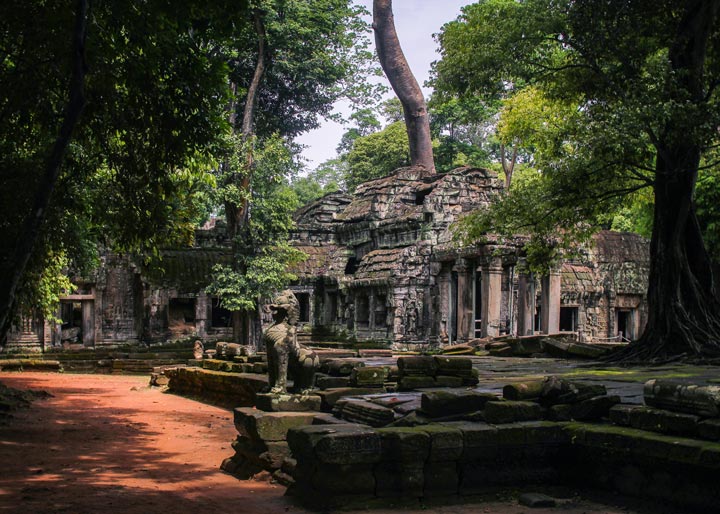
How to Get There
Visitors can reach Ta Prohm by:
Bicycle (great if you enjoy nature and a slower pace)
Motorbike or scooter
Car or tuk-tuk (most popular and practical option)
It’s located just a short ride from Angkor Wat or Angkor Thom.
Map of Ta Prohm Temple
Effortless Siem Reap Transport
Secure Your Ideal Vehicle for Seamless Journeys Around Angkor.

Travel Tips & Dress Code
- Dress Code: Follow temple guidelines — cover shoulders and knees.
- Insect Protection: Apply insect repellent, especially during the rainy season.
- Footwear: Wear comfortable, non-slip shoes—some areas may be muddy or slippery.
- Camera Protection: Bring a rain cover or ziplock bag for your camera or phone during rainy days.
FAQs
Q: Is there an entrance fee to Ta Prohm?
A: Yes, it’s part of the Angkor Archaeological Park, so you’ll need an Angkor Pass.
Q: How long should I spend at Ta Prohm?
A: Typically 1.5 to 2 hours, depending on the crowd and weather.
Q: Can I visit during the rainy season?
A: Absolutely! It’s less crowded, and the lush greenery makes the temple even more magical.
Gallery
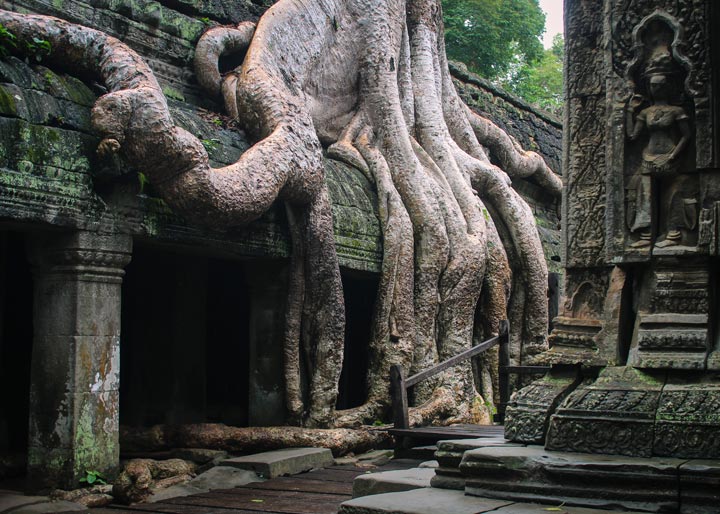




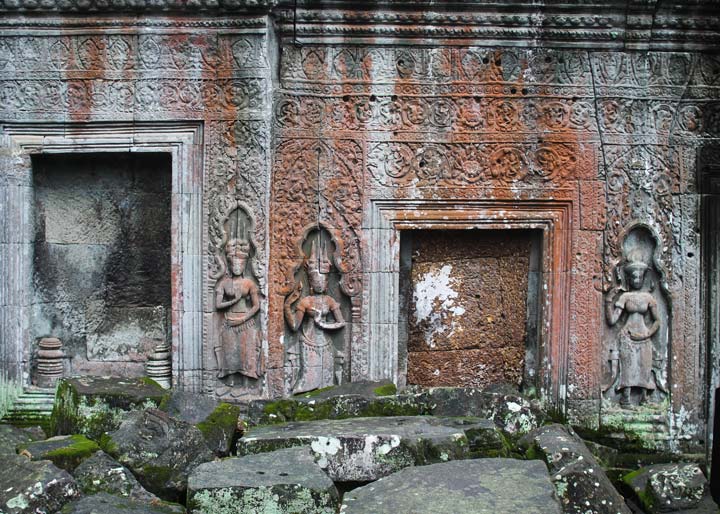


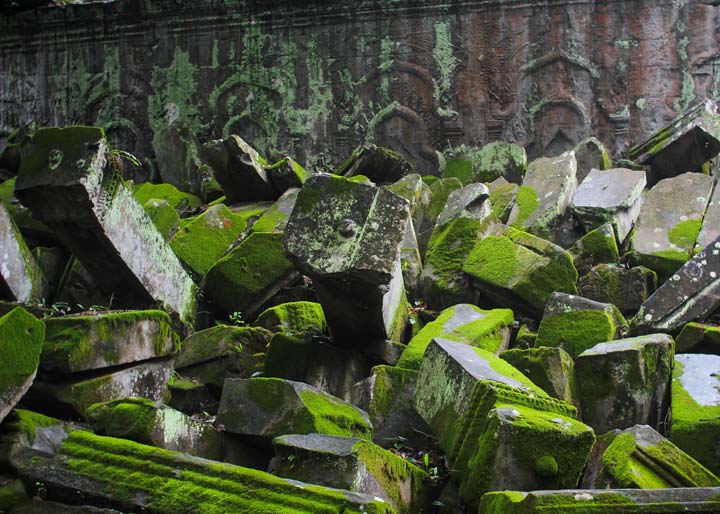

Short Video
Photo by Sathya Moth

Nearby Attractions from Ta Prohm
Step Beyond the Roots – Discover Hidden Wonders Nearby
After soaking in the mystical beauty of Ta Prohm, don’t miss the treasures just a short walk or ride away. From towering stone sanctuaries to serene forest hideaways, these nearby temples and sacred sites each offer their own slice of Angkor’s magic:
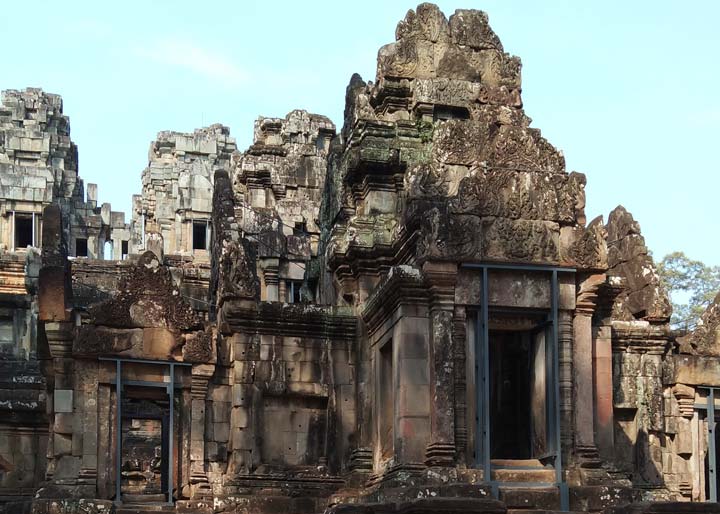
Prasat Ta Keo
Prasat Ta Keo (Northwest) – A massive unfinished temple with steep stairways and panoramic views.
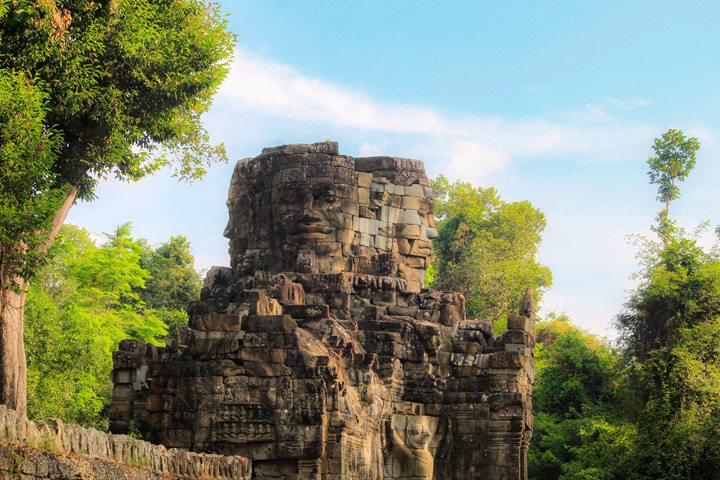
Banteay Kdei
Banteay Kdei (Southeast) – A charming and less-visited temple that shares the Bayon style.
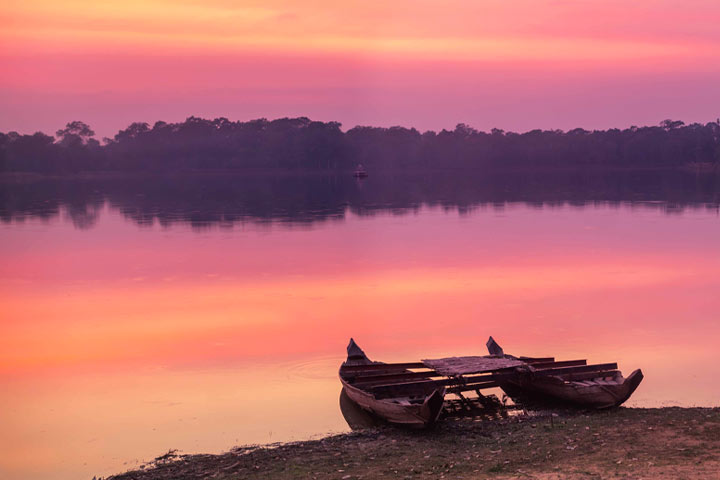
Srah Srang
Srah Srang (Southeast) – A scenic royal bathing pond, best enjoyed during sunrise or sunset. read more
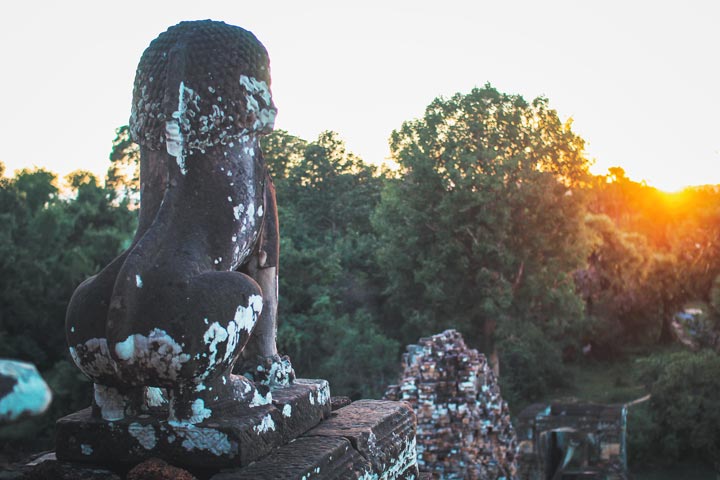
Pre Rup Temple
Pre Rup Temple (East) – Known for its reddish stone and beautiful sunset views.
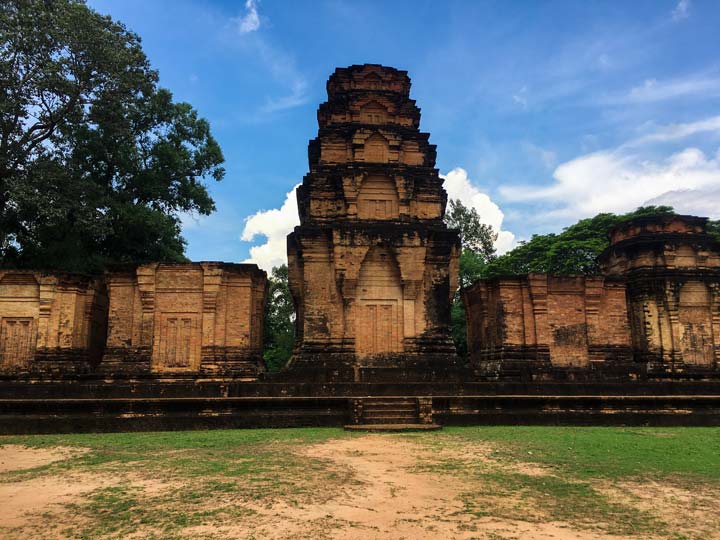
Prasat Kravan
Prasat Kravan (Southeast) – A unique brick temple featuring detailed bas-reliefs of Vishnu.
Ta Nei Temple
Ta Nei Temple (North) – A quiet, lesser-known gem in the forest, perfect for peaceful exploration.

Where to Stay in Siem Reap
Shopping & Dining After Visiting
After your visit, unwind in Siem Reap’s vibrant scene:
Srah Srang Village – Grab fresh coconuts or local snacks near the reservoir.
Old Market (Psar Chas) – Browse traditional Khmer crafts and souvenirs.
Pub Street – Enjoy Khmer cuisine or international dishes in a lively setting.
Local cafés and garden restaurants nearby offer peaceful breaks from the temple trails.

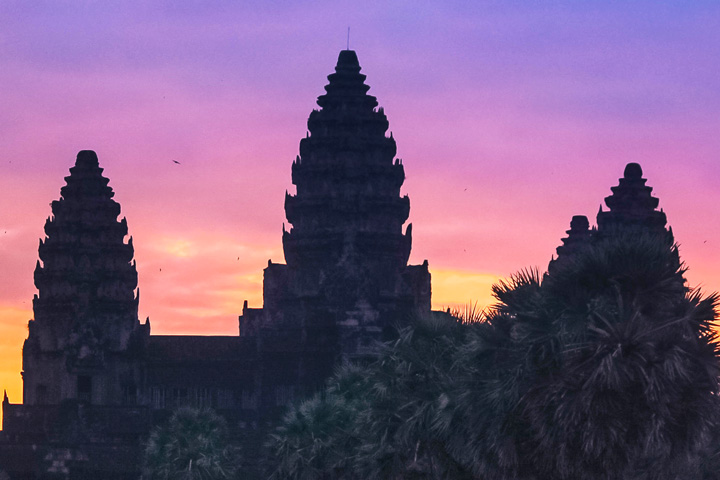
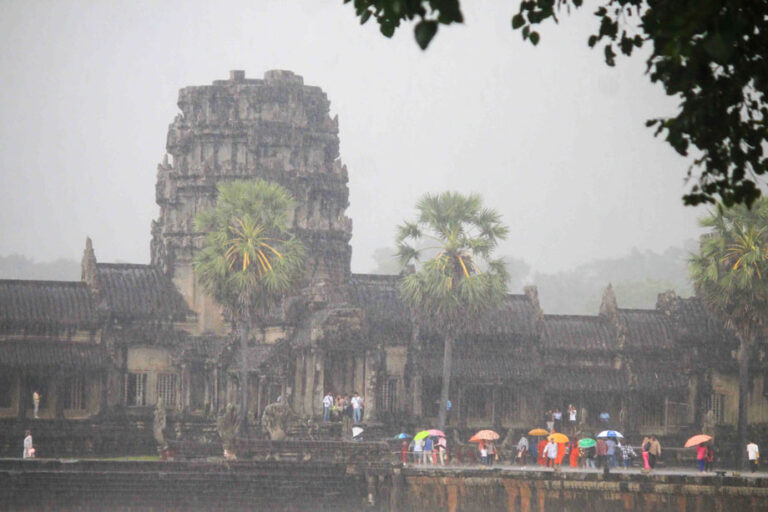

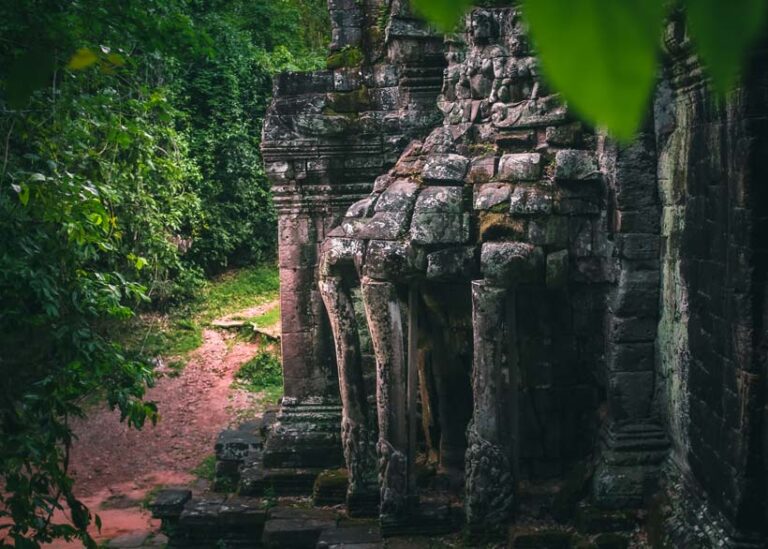
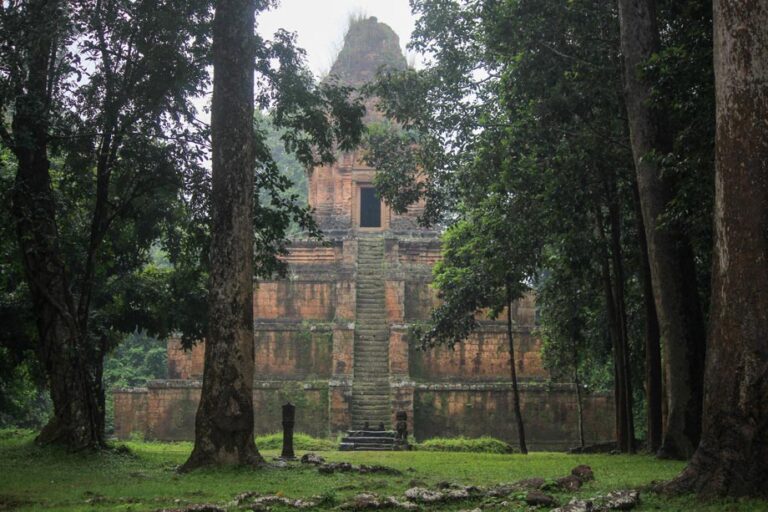
Leave a Reply